When selecting between 23mm, 25mm, and 28mm tires for a 700C road bike, key considerations include rolling resistance, aerodynamics, comfort, grip, and compatibility with the bike frame and wheelset. Here’s how each factor influences the choice:
1. Rolling Resistance & Efficiency
-
23mm Tires: Traditionally favored for racing due to their lower contact patch with the road, reducing rolling resistance. However, newer research suggests wider tires can have comparable or even lower rolling resistance at the same pressure.
-
25mm Tires: Now the standard for many road cyclists as they balance low rolling resistance with better comfort. They provide slightly better shock absorption while maintaining speed efficiency.
-
28mm Tires: Offer lower rolling resistance on rougher surfaces because they can be run at lower pressures without excessive deformation. They also reduce rider fatigue on long rides.
2. Aerodynamics
-
Narrower tires (23mm) typically provide better aerodynamics when paired with traditional narrow road bike rims. However, modern wide-profile rims are optimized for 25mm or 28mm tires, reducing aerodynamic drawbacks.
-
Wider tires (28mm) can slightly increase drag, but this is often negligible compared to the comfort and efficiency benefits they provide, especially on rough roads.
3. Comfort & Ride Quality
-
23mm Tires: Stiffer ride with less shock absorption, which can cause more road vibrations to transfer to the rider, leading to fatigue on long rides.
-
25mm Tires: Provide a good balance between comfort and speed, making them the most common choice for endurance riders and racers alike.
-
28mm Tires: Best for comfort due to the ability to run at lower pressures, absorbing more road vibrations and improving traction on uneven surfaces. Ideal for long-distance rides, cobbled roads, or rough terrain.
4. Grip & Traction
-
Wider tires provide more surface contact with the road, improving grip, especially in wet conditions or during cornering.
-
23mm tires can be more prone to slipping on poor road surfaces, while 28mm tires offer better stability and cornering confidence.

5. Weight & Acceleration
-
23mm tires are the lightest, making them slightly faster in accelerations and climbs.
-
25mm and 28mm tires are heavier, but the difference is often minor and outweighed by their benefits in comfort and rolling resistance.
6. Compatibility with Bike Frame & Wheelset
-
Not all road bike frames and rims can accommodate 28mm tires. Some older models are limited to 23mm or 25mm due to frame clearance and brake caliper restrictions.
-
Disc brake bikes generally have wider clearance, allowing for 28mm or even 30mm tires without issue, whereas rim brake bikes might be more restricted.
7. Intended Use
-
23mm: Best for smooth, high-speed racing on well-paved roads where aerodynamics and acceleration are prioritized.
-
25mm: Ideal for general road cycling, offering a balance of speed, comfort, and grip. Suitable for racing, training, and endurance rides.
-
28mm: Recommended for endurance rides, rough roads, cobblestone, or touring, where comfort and grip outweigh pure speed.


 0
0


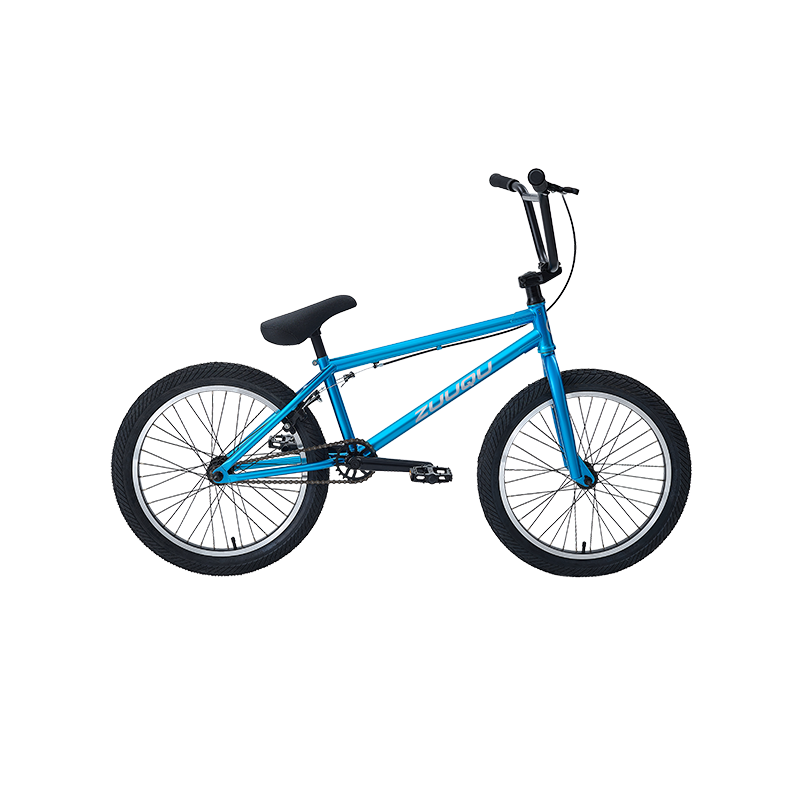

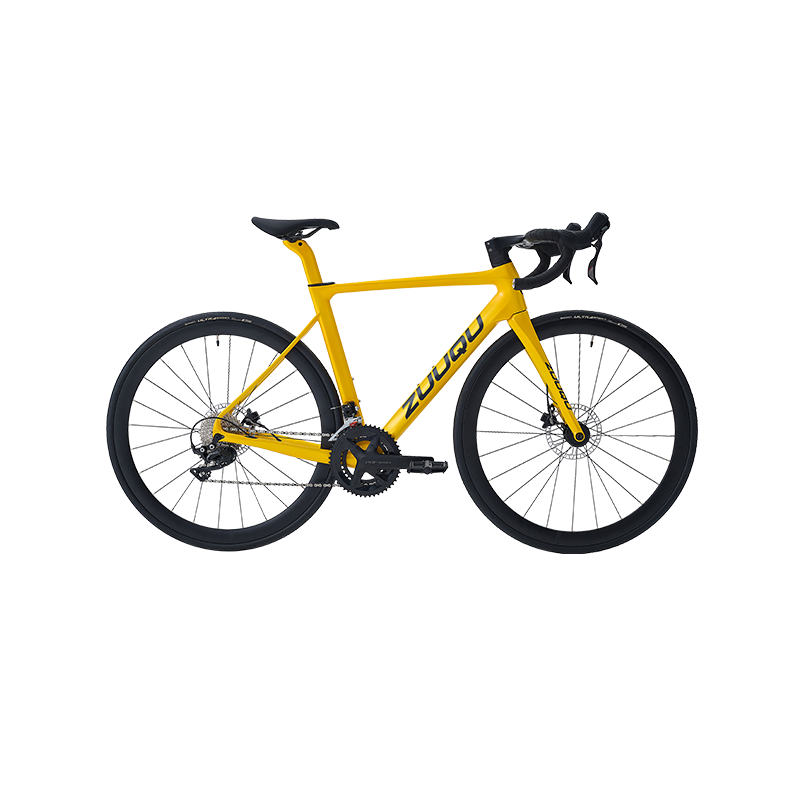
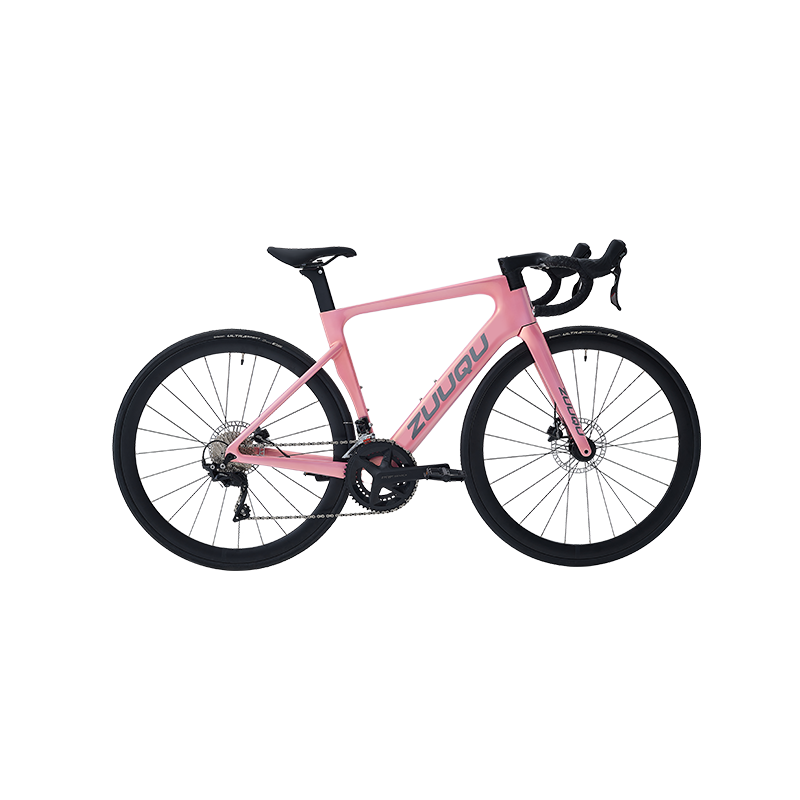
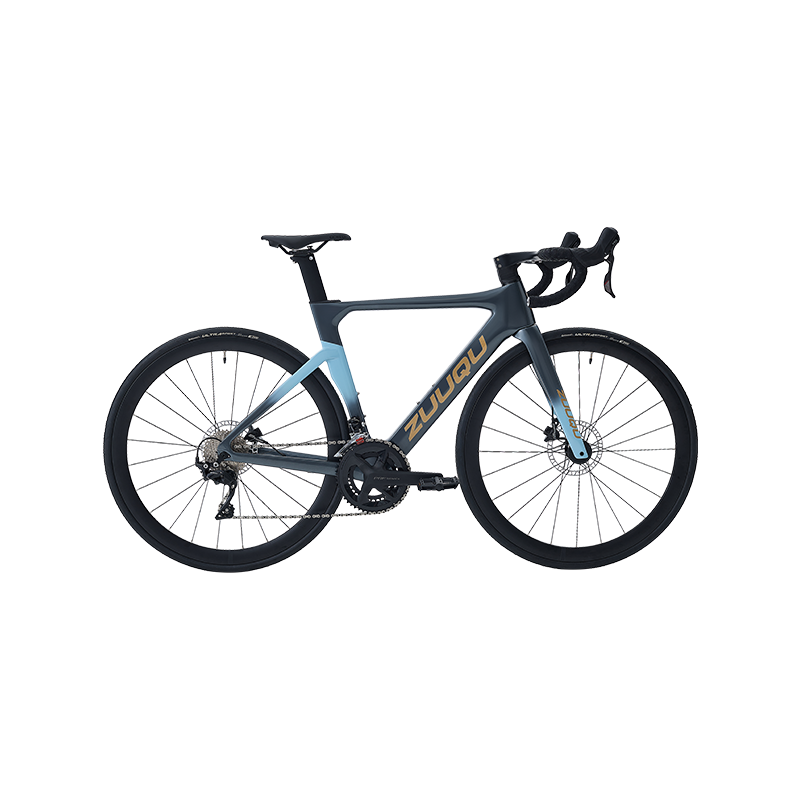
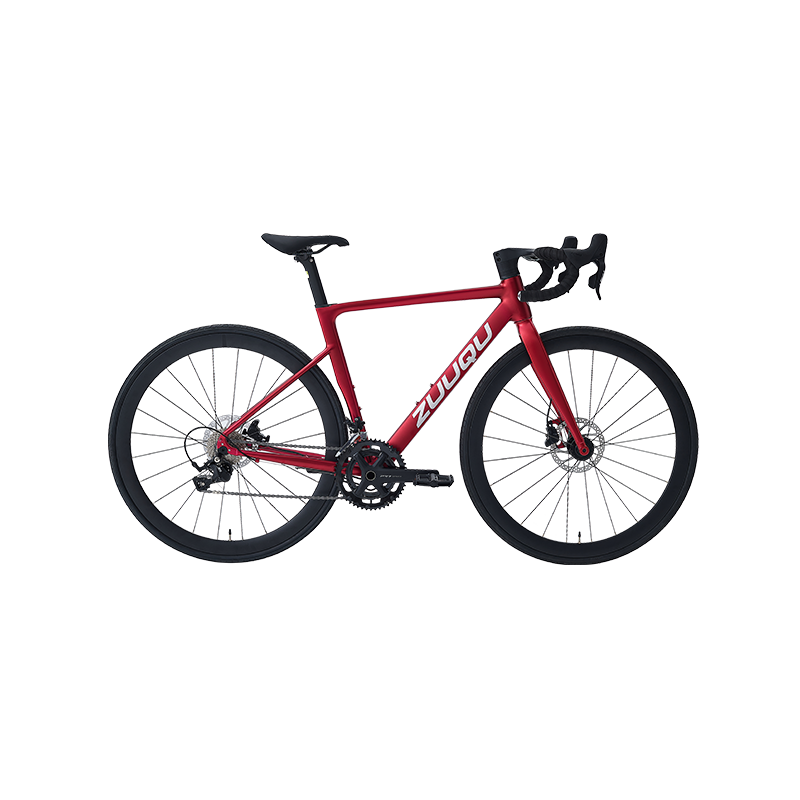
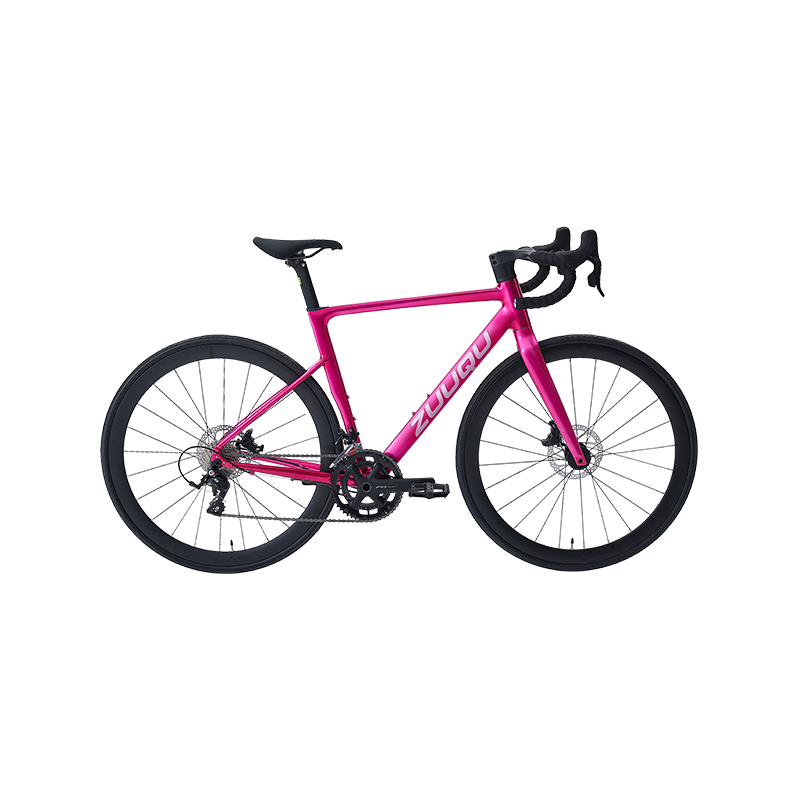

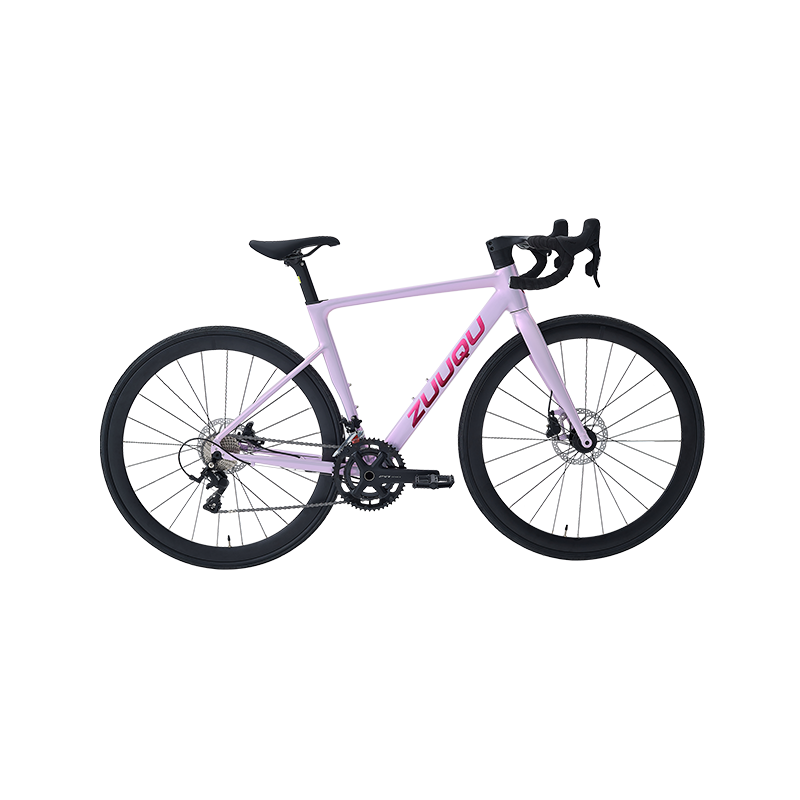
 Linhang industry park, Zhuji,
Linhang industry park, Zhuji,  +86-18858280688
+86-18858280688
